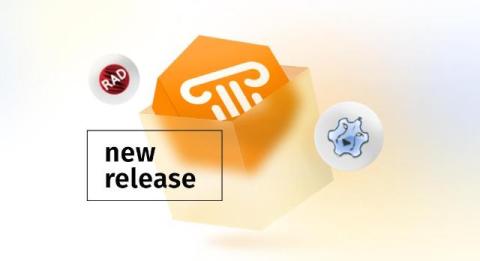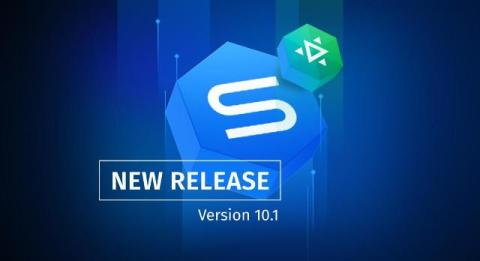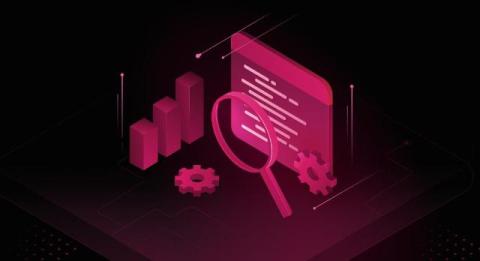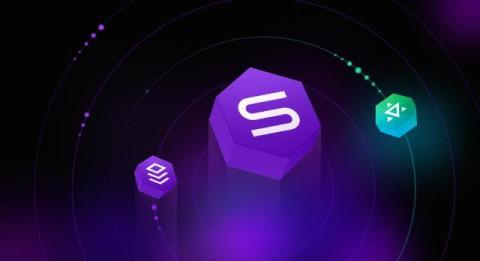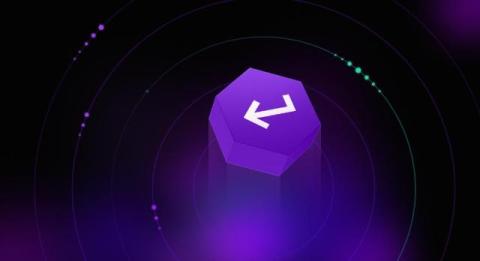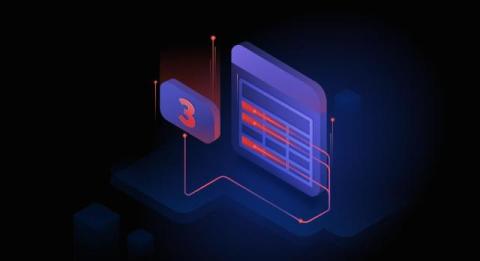How to Use Snowflake ODBC Connection Strings & Parameters
ODBC connection makes it easy for developers to access data stored in the Snowflake AI data cloud. Even if you aren’t familiar with Snowflake API or have never handled the specific formatting types of data this database supports, ODBC connectivity will still work for you. Using ODBC drivers to connect to Snowflake eliminates the need for manual interventions or finding workarounds.



